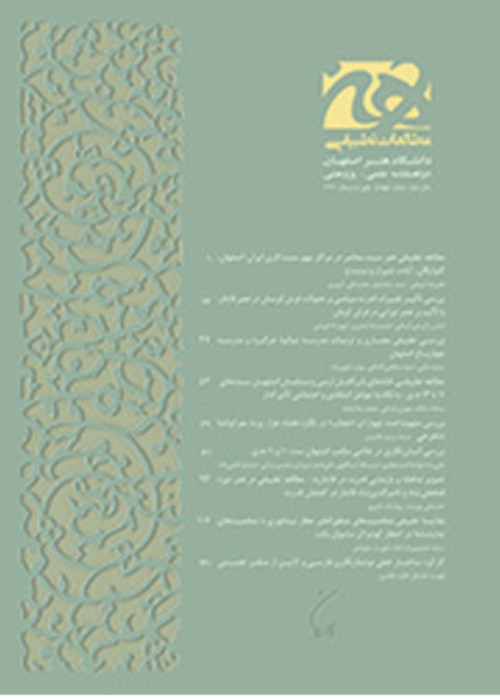A Comparative Study of Portraits of the Preceding Kings and Recent Kings of Qajar Engraved on Coins and Medals in Terms of Sociological Semiotics
As a historical point, considering the effect of the literacy of the audience of a text on the quality of interpretation, a graphical text has been always read an analyzed through the analysis of the symbols and signs hidden in the text. In this regard, the coins and medals engraved with figures of Qajar kings, serving as symbolized graphical texts in the process of semiotics, can be assumed as discourse media in which the kings, as senders of messages, can convey their messages to the audience. In addition to their economic role, the coins have been always carrying political, cultural, and social messages and representing the power of the dominant social class. Therefore, the symbolic aspect of the coins has been always dominating the other aspects. In the present study, by using the two methods of semiotics (Barthes & Greimas) to analyze and compare the portraits of kings engraved on Qajar coins, it is attempted to utilize the qualitative method and the descriptive-analytical and comparative approach in order to answer the question “1.which mental and hegemonic themes are represented by the figures in the two preceding and recent periods of Qajar dynasty? and 2.which discourses are made through these figures?” On this basis, while answering these questions, it was concluded that during this era, the Qajar kings put their images on the coins, as a method for demonstrating their political dominance, in order to eternalize themselves, legalize their governance, represent their royal glory, and show their royal hegemony at national and supranational levels. The results obtained from this study indicated that in the preceding period, meanwhile the kings were committed to the maintenance of the native identity and national nobleness (authenticity), the royal discourses, unique power, glory, and wealth were governing. At the beginning of the recent period, besides the tendency toward modernism, a slight flexibility caused that the discourses of empathy, corporation, and renaissance and, later, the discourse of intimidation, threat, as well as passivity were added to the previous discourses.
Portrait of Kings , Coins , Medals , Qajar , Sociological Semiotics , Barthes , Greimas
- حق عضویت دریافتی صرف حمایت از نشریات عضو و نگهداری، تکمیل و توسعه مگیران میشود.
- پرداخت حق اشتراک و دانلود مقالات اجازه بازنشر آن در سایر رسانههای چاپی و دیجیتال را به کاربر نمیدهد.



